Feeding Poultry: Broilers vs. Layers
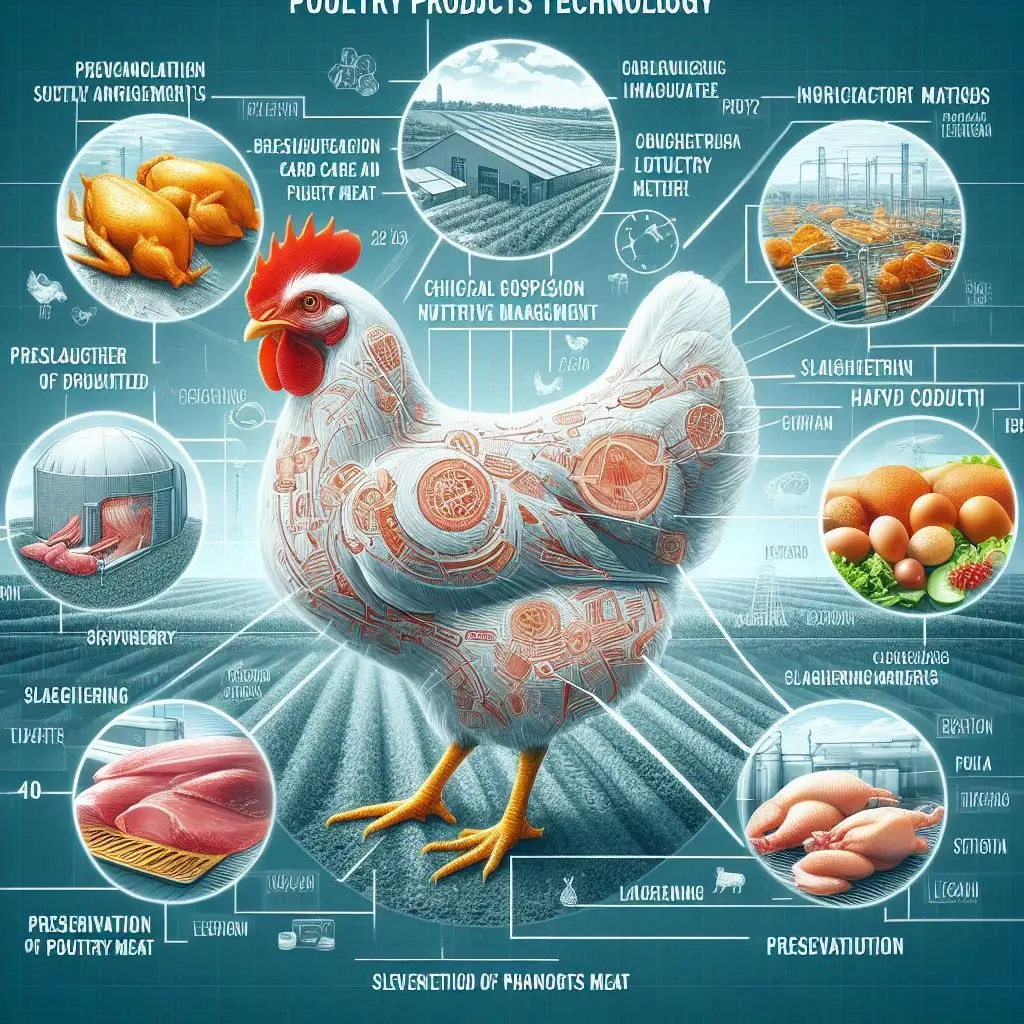
Introduction
Poultry farming plays a vital role in global food production. Among the various types of poultry, broilers and layers stand out due to their distinct purposes. Broilers are raised for meat, while layers are bred for egg production. Understanding the differences in their feeding strategies is crucial for optimizing growth and productivity.
The Importance of Rations
Rations are the specific mixtures of feed ingredients formulated to meet the dietary needs of poultry. Different types of poultry require different rations based on their growth stages and production goals.
Why Different Rations?
- Growth Rates: Broilers grow rapidly, needing high energy and protein to reach market weight quickly.
- Production Goals: Layers require a balanced diet that supports sustained egg production rather than rapid growth.
- Nutritional Needs: Each type has unique nutritional requirements that must be met for optimal health and productivity.
Nutritional Composition of Broiler Rations
Broiler rations are designed to support rapid growth. Here are some key components:
- High Protein Content: Typically around 20-24% protein to promote muscle development.
- Energy Sources: High-energy grains like corn are included to fuel growth.
- Vitamins and Minerals: Essential vitamins (A, D3, E) and minerals (calcium, phosphorus) support overall health.
Phased Feeding Strategy
Broiler diets often use a phased feeding approach:
- Starter Phase: High protein (24%) for chicks up to 3 weeks.
- Grower Phase: Moderate protein (20%) from 3 to 6 weeks.
- Finisher Phase: Lower protein (18%) for the last weeks before market.
Nutritional Composition of Layer Rations
Layer rations focus on sustaining egg production rather than rapid growth. Key components include:
- Moderate Protein Content: Usually around 16-18% protein, sufficient for maintenance and egg production.
- Calcium-Rich Ingredients: Calcium levels can be as high as 4% to ensure strong eggshells.
- Balanced Energy Sources: Grains provide energy while maintaining a healthy weight.
Phased Feeding Strategy
Layers also benefit from a phased feeding strategy:
- Starter Phase: For young chicks, usually up to 6 weeks.
- Grower Phase: From 6 weeks until they start laying eggs.
- Layer Phase: Once they begin laying eggs, a specific layer diet is provided.
Similarities Between Broiler and Layer Rations
While there are significant differences, some similarities exist:
- Both diets must meet the basic nutritional needs of the birds.
- Each type utilizes grains as a primary energy source.
- Both require vitamins and minerals to support health.
Dissimilarities Between Broiler and Layer Rations
The differences in rations are more pronounced:
| Aspect | Broiler Ration | Layer Ration |
| Primary Goal | Rapid weight gain | Sustained egg production |
| Protein Content | Higher (20-24%) | Moderate (16-18%) |
| Calcium Levels | Lower | Higher (up to 4%) |
| Energy Sources | High-energy grains | Balanced energy sources |
| Phased Feeding Strategy | Three phases | Three phases |
Transitioning Between Phases
Transitioning between phases is crucial for both broilers and layers. Gradual changes help prevent digestive issues and ensure that birds adapt well to new diets.
- Timing Matters: Pay attention to age and weight when transitioning diets.
- Monitor Health: Keep an eye on feed intake and overall health during transitions.
Common Misconceptions
Many misconceptions exist about poultry feeding:
- All Poultry Can Eat the Same Feed: This is false; different types have unique needs.
- Higher Protein Equals Better Growth for All Birds: While this applies to broilers, layers need balanced nutrition for egg production.
- Feed Quality Doesn’t Matter as Long as It’s Nutritional: Quality ingredients lead to better health outcomes.
Conclusion
Understanding the differences in feeding broilers and layers is essential for successful poultry farming. By providing tailored rations that meet their specific needs, farmers can optimize growth rates in broilers and enhance egg production in layers.
For more pearls of Vets Wisdom:
https://wiseias.com/partitioning-of-food-energy-within-animals/


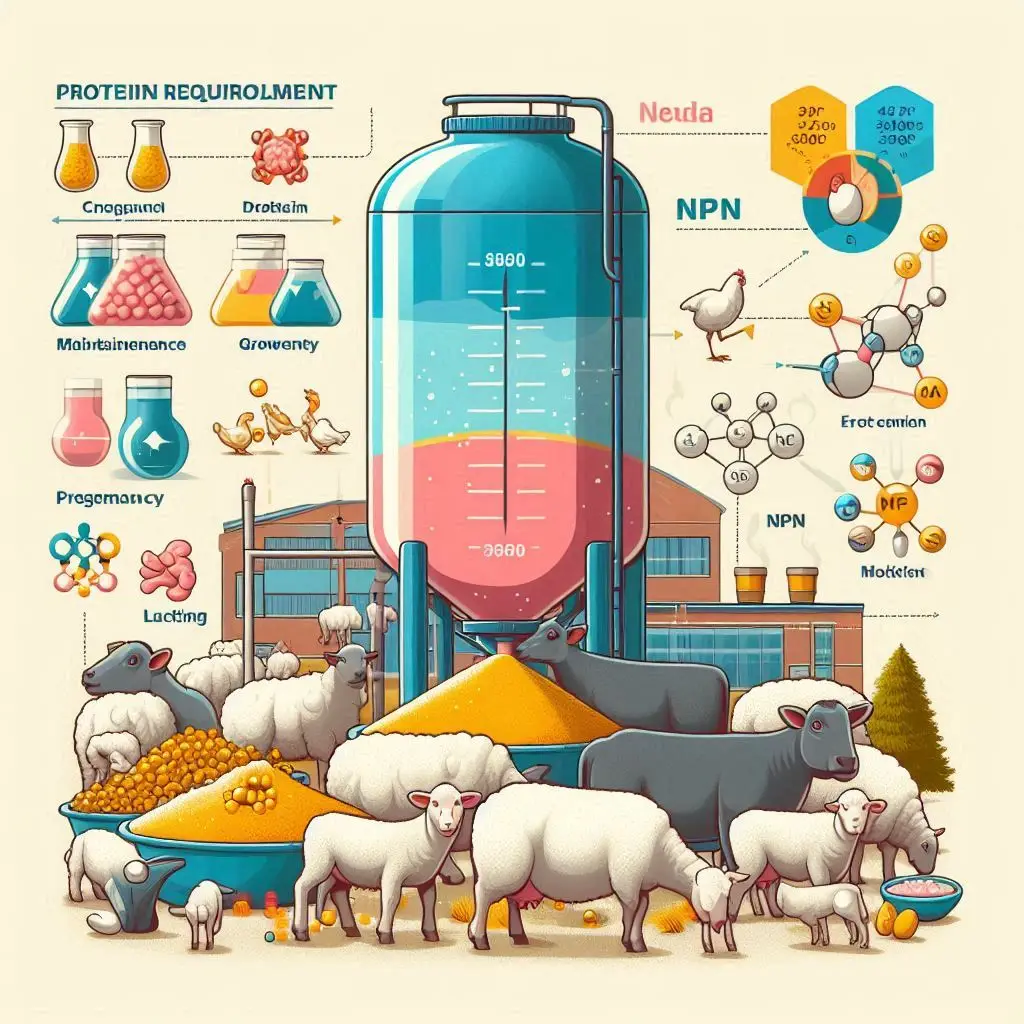
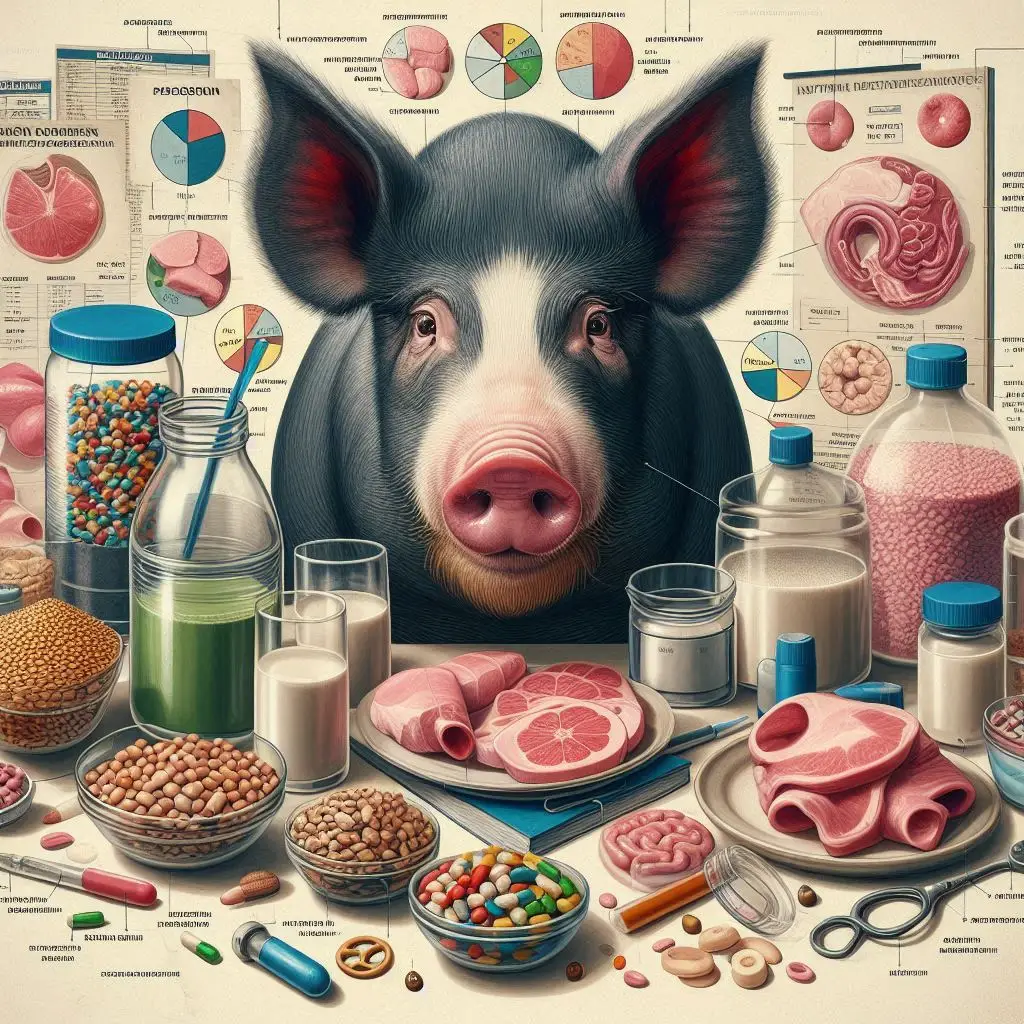
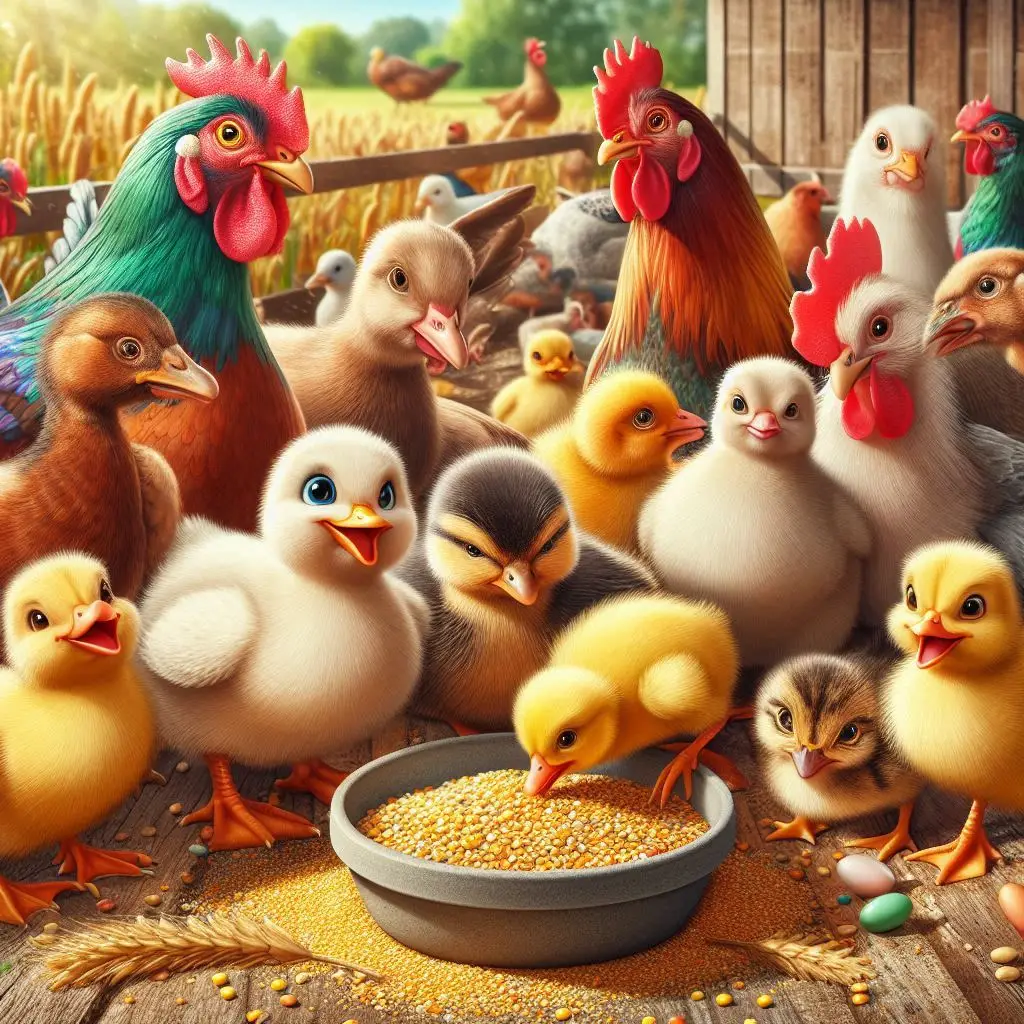
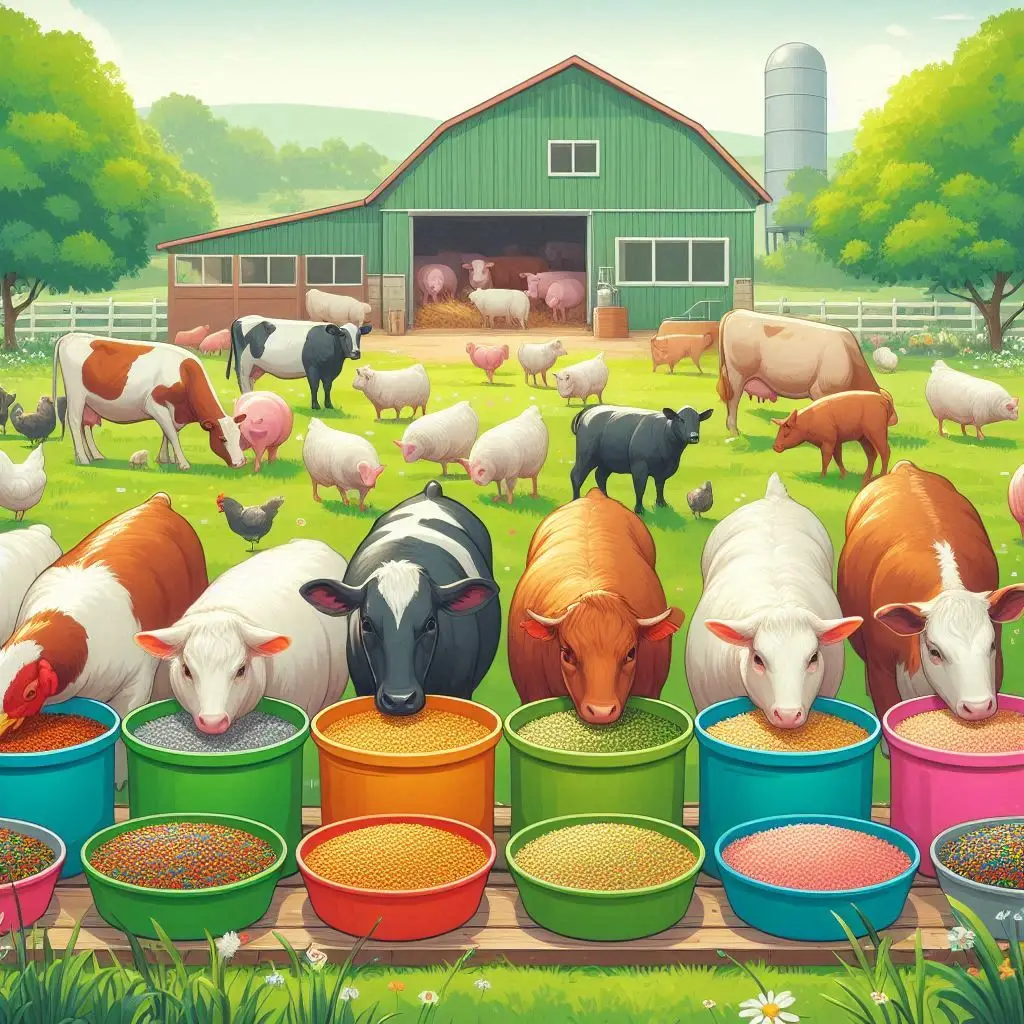
Responses